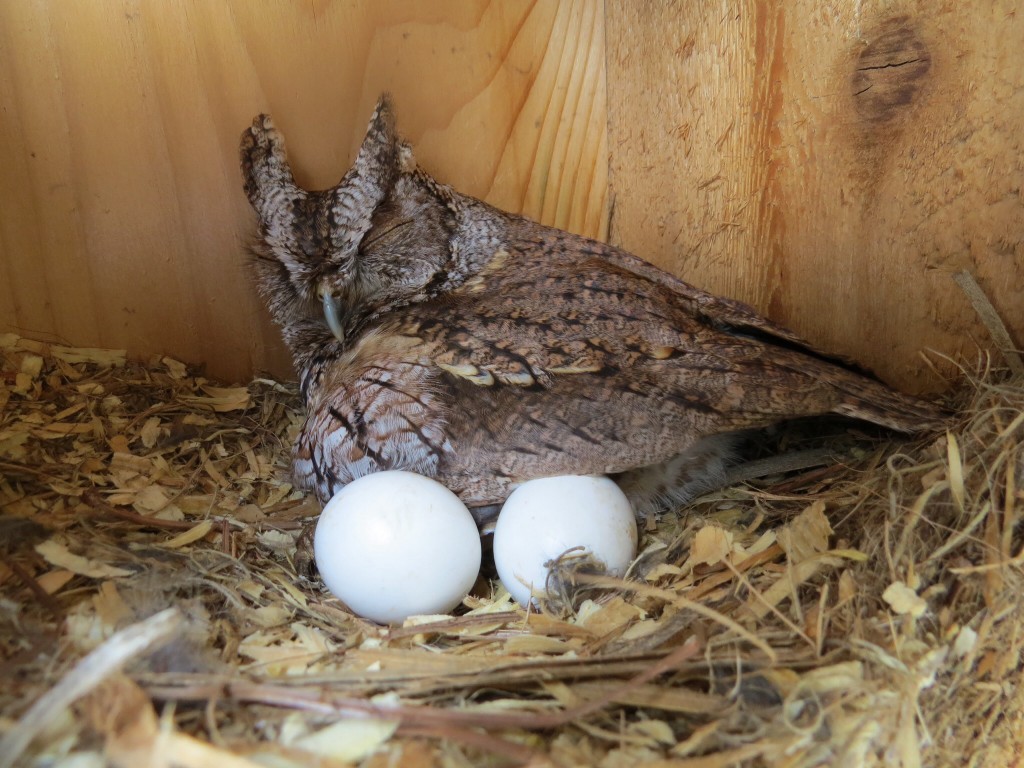 Photo ©
Julia Schreuder
Photo ©
Julia Schreuder
Owl About Birdhouses
Did you know that most owls do not build a nest or gather any nest-lining materials? (The notable exceptions are the Short-eared Owl and the Snowy Owl, which build ground nests.) Most North American owls depend upon a cavity in a dead tree or broken-off trunk if they are cavity-nesters, or they repurpose the old nests of other raptors if they are platform nesters. Sometimes, an old barn or duck blind will fill the need. Building a nest box or nest platform for your local owls is a fun fall project that will outlast any jack-o’-lantern. Right now, pairs are searching for suitable nest cavities in advance of the breeding season and calling to establish territories.
Eastern and Western screech-owls are commonly found in suburban neighborhoods with some tall trees, and in large cities with urban parks. Barred, Northern Saw-whet, and Boreal owls choose mature woodlands for their nesting sites, preferably near water. Barn Owls nest in open habitats, similar to bluebirds, and often choose agricultural areas. Great Horned and Great Gray owls will accept basket-style nesting platforms placed in the forest interior. Use our Right Bird, Right House tool to find out which owls nest in your region and habitat, plus tips for attracting them to your box or platform.
Shh—Day Sleepers!
Scientists still know very little about the breeding habits of owls, and their nocturnal ways make them difficult to study. You can help by installing a nest cam in your owl box and reporting your data to NestWatch. A nest cam helps you keep tabs on the owls without disturbing them during the day when they’re resting.
 Photo ©
Photo ©